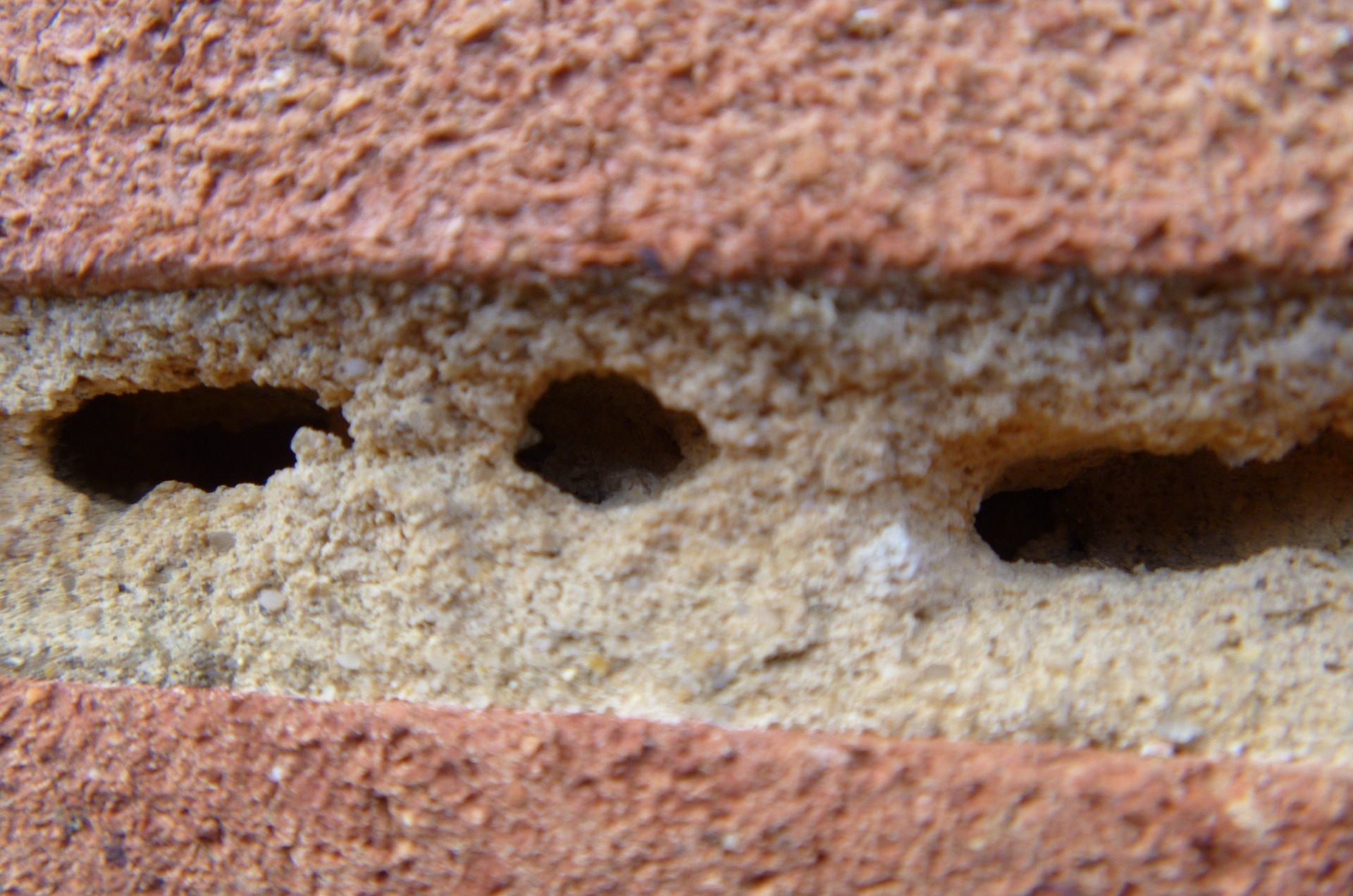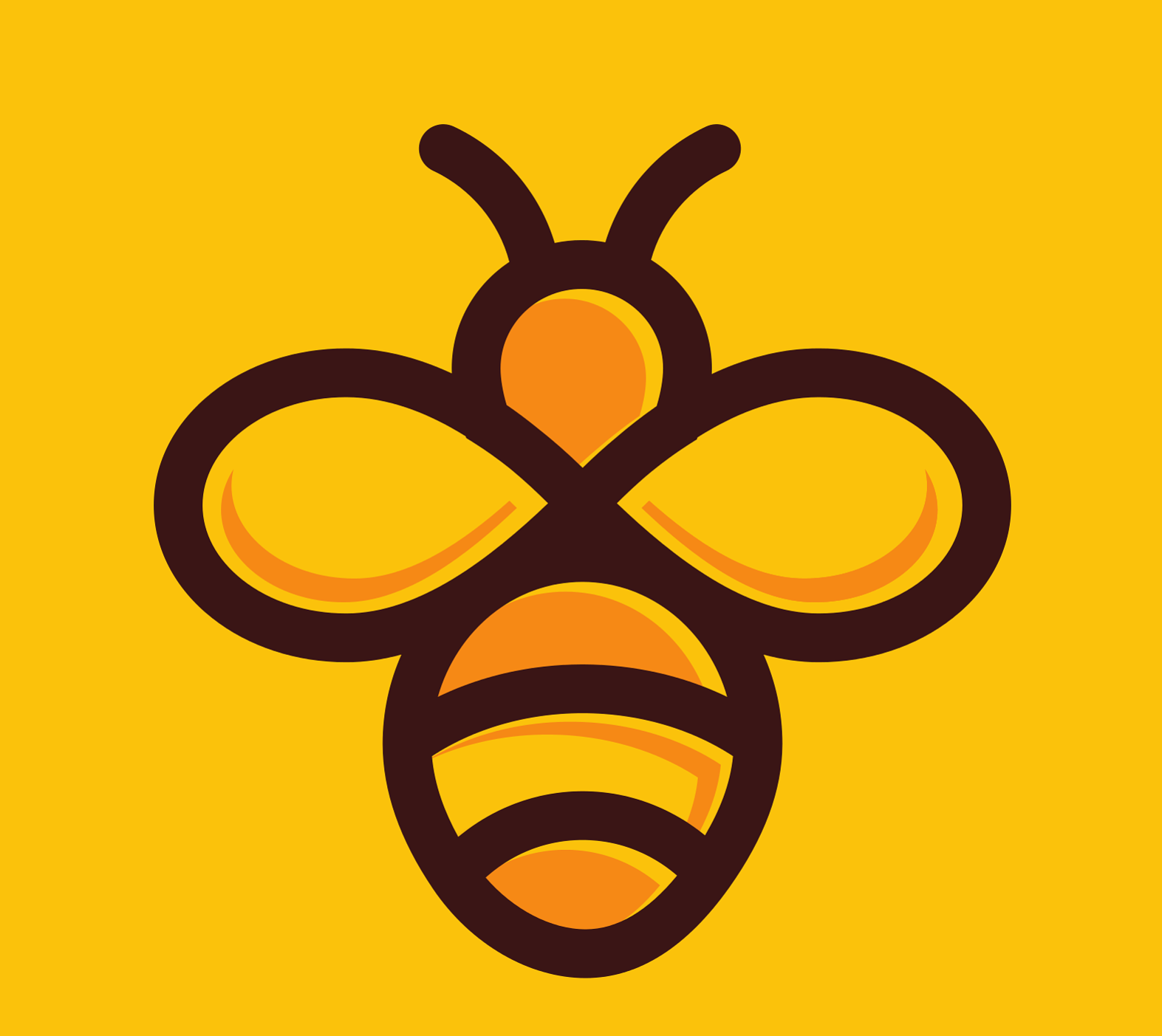Bee friendly
Posted on 10th June 2021 at 07:38
Bee friendly
Or why we should look after some species of bee's as they pose no threat
Why do stick insects look, just like sticks? To hide from predators is the answer and nearly all animals, insects, birds and fish all use markings for either camouflage or within the mating and courtship cycle to attract a mate and so its easy for people to see something small like an insect and not realise exactly what they’ll looking at.
Masonry bee's and Mining bee's Completely harmless pollinator's
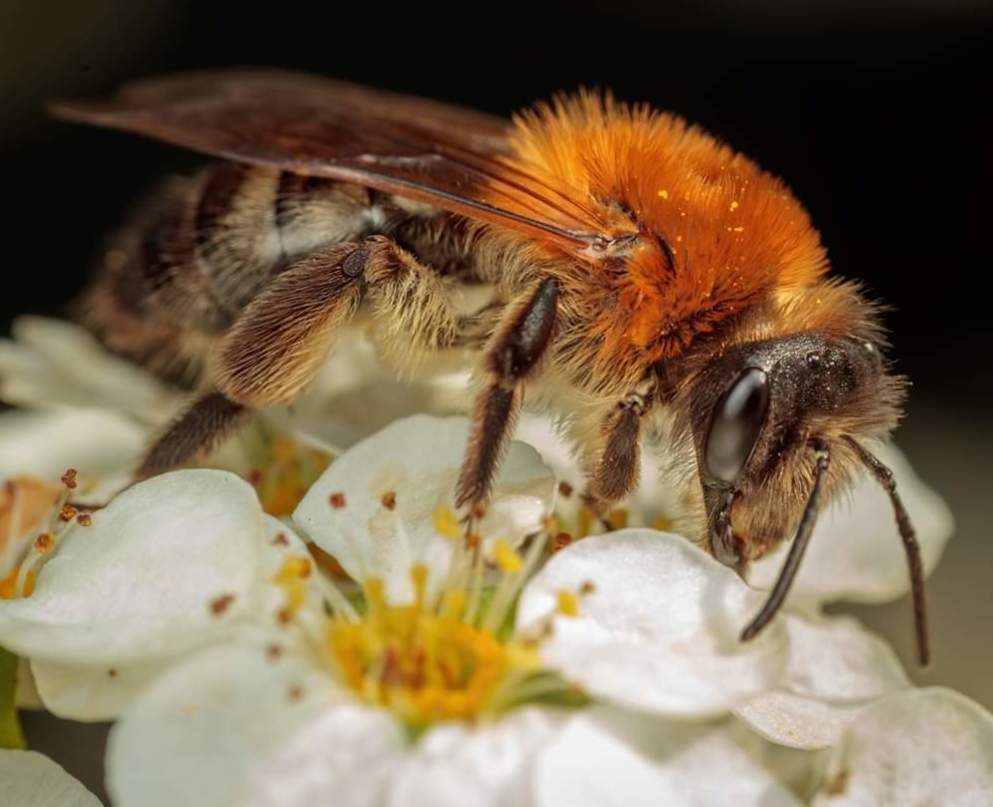
This is especially the case when it comes to two types of bee that people see as pests when the reality is that these are absolutely harmless insects – the mining and masonry bee species. Both of these bees are gentle creatures that benefit us enormously through pollination, as bees they do still have a stinger, but it is un-barbed (so will not break off in our skin like the bumblebee) and the bee’s possess very little venom which is now so weak, there is no sting.
Wasps, hornets and bees have stingers which are either used to overcome insect prey by the insectivores – the wasps and hornets or as a means of defence where they build a nest stuffed with food and their young.
The bottom line is that these bees cannot hurt us they can only benefit us so please do not kill or ask a pest controller to kill them; it’s totally unnecessary.
Congregations of bee's on walls and across the ground
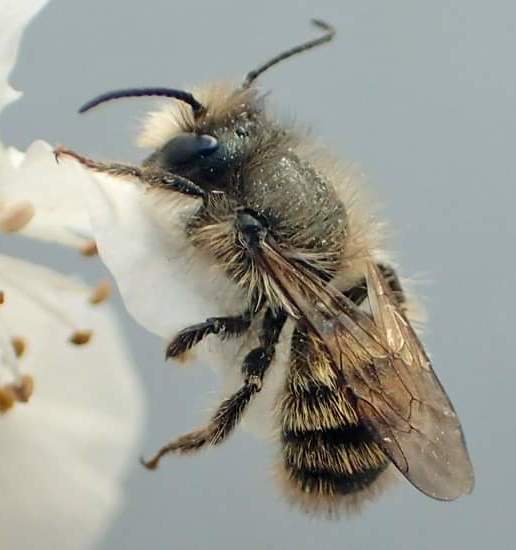
Mason bees are extremely busy insects because they have a short lifespan, without having to defend a nest packed with food and a colony within they are more easy going than any other types of bee; these bees are totally chilled out. We regularly get called out to these and you can place you finger near the entrance to the bee’s burrow and it will fly away from you; something that I wouldn’t recommend with wasps!
Both of these types of bee are solitary in nature but just like the phenomenon that dictates that when you put your towel down on an empty beach, other people will always come and sit next to you, so with these bees they will congregate together in the same spot, giving the impression that’s there’s a big nest somewhere nearby.
To make matters look worse, they locate their nesting hole by sight, so they spend a lot of time hovering over the surface looking for their burrow. Whether they are a masonry bee or a mining bee they share similar habits, soft mortar in walls or well drained sandy soils are preferred and they will nest in their hundreds given the right spot.
"Masses of wasps" is the common callout
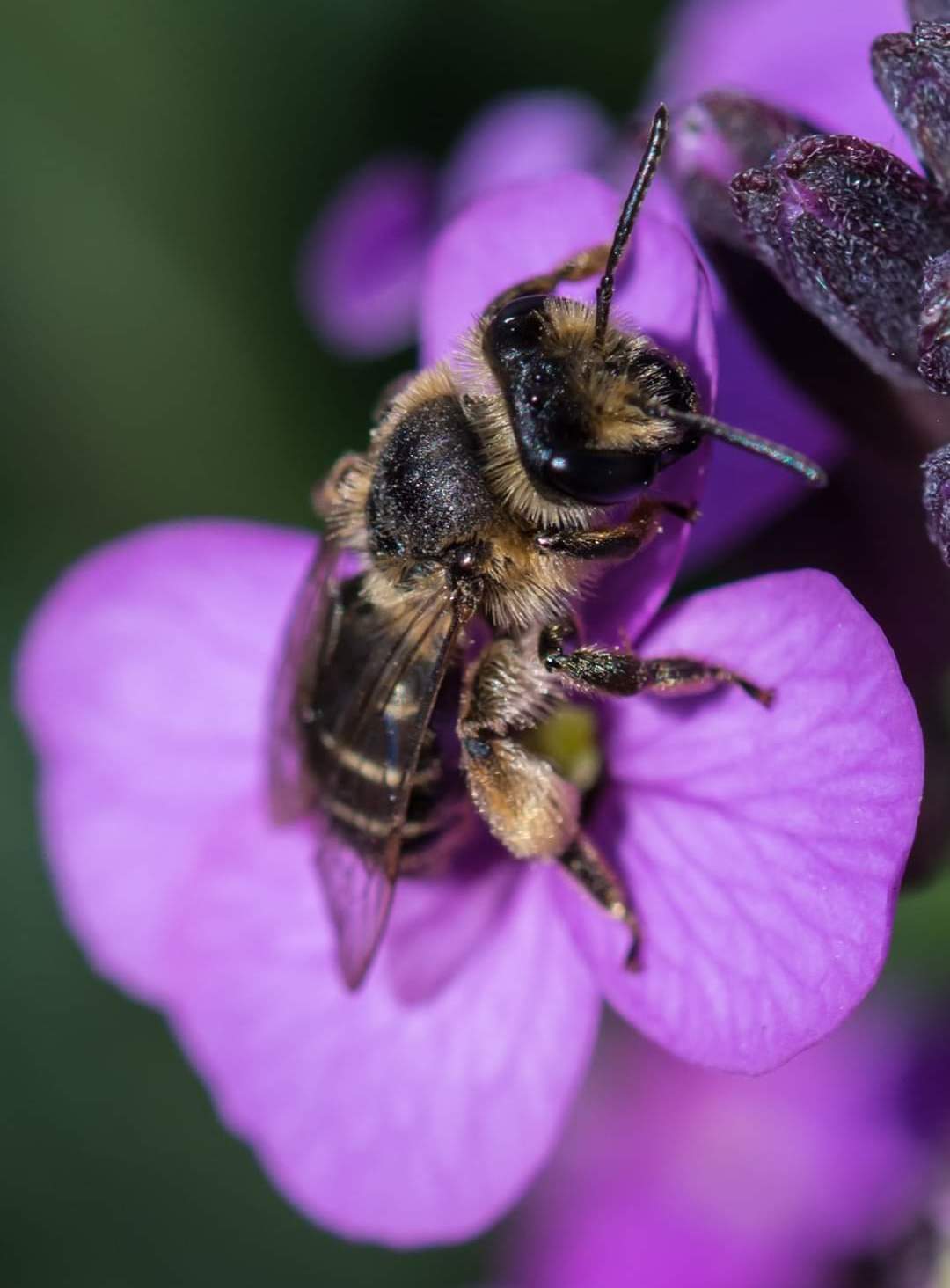
Each bee excavates a hole and packs the nest chamber with a mixture of bee bread and egg cells, laying the female eggs first so that these will be the last to emerge in the autumn. Having completed one nest the mason bee will fly off to find somewhere else and the process continues, they don’t have a single nest or colony to defend so there’s no aggression from these insects.
Because of this many of the bees have markings that resemble wasps or honeybees as a form of defence, and this is where the confusion sets in. The bees have such a short lifespan of just a few weeks so she’s busy doing her best to ensure that the next generation has everything it needs.
The bee larvae hatch in the summer and they stay put safe inside their cell eating all the food left they’re by the mother bee, eventually these larvae pupate and they will emerge in the autumn to form a nuptial flight with the male bees. This will be a mass flight and again this is another time when people find themselves surrounded by masses of ‘wasps’ and call for pest control. Sadly, many pest controllers will treat these bees for the financial gain when there is no reason for any treatment to be carried out.
Bee's are in decline and we can help

The United Nations has released a statistic that 40% of all insect pollinators are in danger of becoming extinct and we can help these gentle bees and in turn help ourselves with the introduction of a Mason Bee House into the garden.
A warm sunny spot that picks up the early rays of the sun is the ideal spot for your bee house; somewhere away from bird boxes as the birds and the bees don’t mix.
An easterly facing wall is ideal at about head height, female mason bees use sight markers to find their nest hole so don’t make the house uniform, the more haphazard the better.
We’ve put together this blog to answer some of the questions that we get regarding mason bees and to try and prevent the destruction of such an important species that really shouldn’t be considered a pest. As ethical pest controllers we will not carryout treatments for bees especially the humble mason bees and it breaks my heart to think that people in the pest control industry are happy to exterminate these insects for such a short-term financial gain. Another way to look at it is why should you pay for the destruction of something that cannot hurt you, it’s just a lack of understanding that brings with it the fear.
FAQ's
Can masonry bees damage my building?
More often than not, masonry bees are using existing crevices and holes in jointing rather than tunnelling in so the answer is a definite no. However when you have soft mortar, often found in older, more weathered buildings, a congregation of bees can produce a degree of minor damage over a long period of time.
These holes will aloow water to penetrate and this can lead to an escalation of damage through freezing and flushing actions.
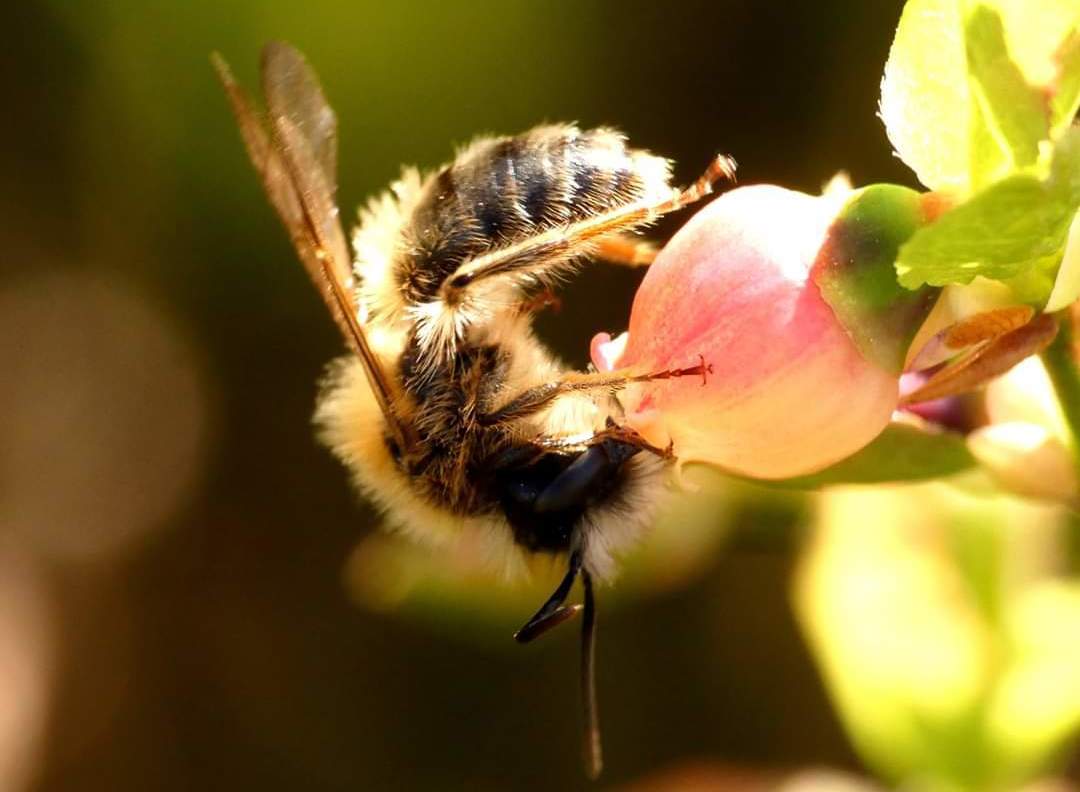
Can I repair the damage done by masonry bees?
If the mortar has become crumbly, rake it out to a depth of 15mm and repoint with a suitable compound; you may need a lime mortar in older houses. In modern houses the cause of the bee burrow is probably manmade and not going to be an issue. This is best done in the spring when the bees start looking for nesting sites, you can always introduce a bee box nearby to see if you can entice them away from the affected wall?

Are masonry bees good pollinators?
Where bumblebees and honeybees collect pollen in baskets on their back legs, masonry bees collects pollen in hairs that sit under her abdomen; this is called a pollen brush.
Solitary bees outperform other types of bees when it comes to pollination with these harmless insects visiting 120 more flowers than a single honeybee, because they don’t have pollen baskets they lose small amounts of pollen as they fly, making them champion pollinators..
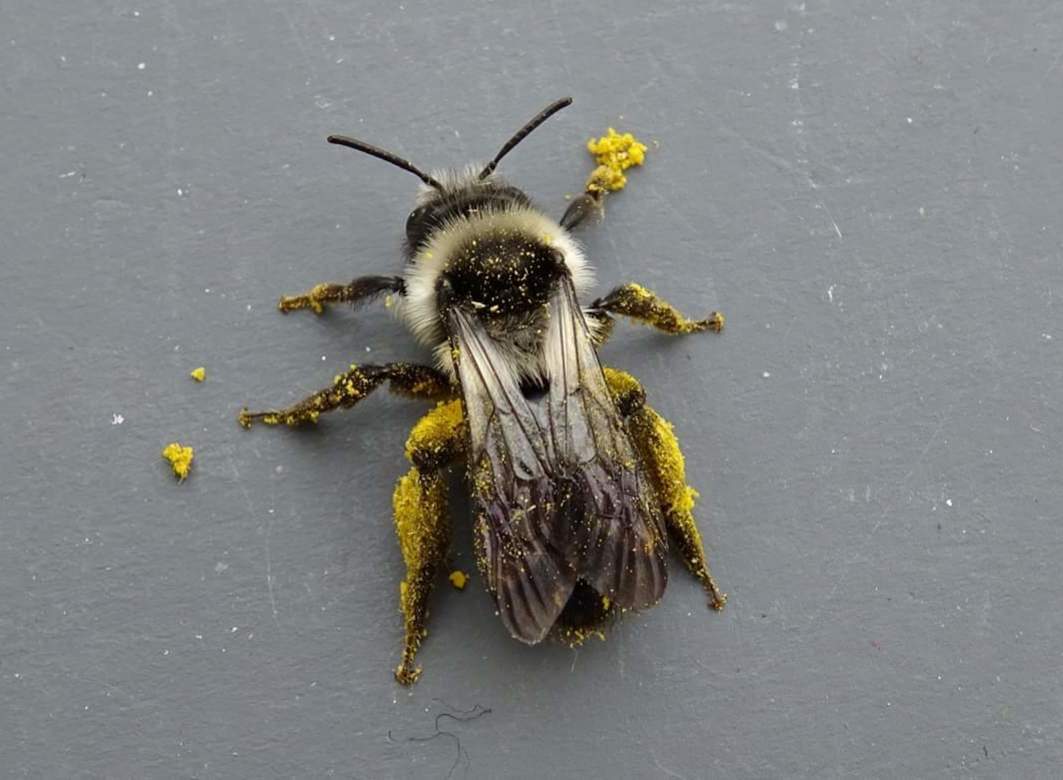
Tagged as: Wasps, bee's and hornets
Share this post:





